Bharat EdTech Initiative (BEI) is a collaborative effort of various social sector stakeholders towards providing free access to EdTech solutions for underprivileged students and help them improve their learning levels. By 2025, BEI aspires to enable digital access to 1 million, first-generation digital learners in India and demonstrate improved learning outcomes through technology-led interventions.
The nationwide initiative is steered by four organisations that offer strategic guidance on the overall management and execution of the Initiative. Sattva Consulting leads the design and program management, and Michael & Susan Dell Foundation is the anchor funder. The British Asian Trust is the outcome finance partner, and GiveIndia leads fundraising and fund management.
Rathish Balakrishnan is Steering Council Member, Bharat EdTech Initiative; and Co-Founder & Managing Partner, Sattva Consulting. BEI also has an Advisory Council including Akshay Saxena, Co-Founder, Avanti Fellows; Imran Jafarm, Managing Partner, Gaja Capital; Ramesh Srinivasan, Senior Partner, McKinsey; and Sadeena Husain, Founder & CEO, Educate Girls.
In this interview with TheCSRUniverse, Mr Balakrishnan talks about the gaps in digital learning environment, the digital divide which is further intensified by COVID and the multi-pronged approach taken by EdTech, non-profit and evaluation partners of BEI together to ensure access to quality education for students across different income groups. He also shares insight on specific roles of the BEI partners which comprises 34 organisations across diverse sectors of philanthropy, social impact, EdTech, finance, and monitoring & evaluation including top learning platforms such as Vedantu, Toppr, and ConveGenius.
Scroll down to read the full interview.
Q: COVID crisis has severely affected the pattern of education globally. The situation is worse in countries like India where the drop-out rate is already high at Higher Secondary level and college level. How do you see the medium and long-term impact of this disruption?
A: Around the world, education systems came to a halt due to the COVID-19 crisis. School closures have caused learning losses that have pushed students several years behind. As per World Bank, 70% of children are living in learning poverty globally post the COVID pandemic. And these learning losses could cost this generation of students close to $17 trillion in lifetime earnings. The prolonged school closures and poor results in learning have largely contributed to this rise. Without timely attention, these massive learning losses can stay with a student for life and adversely affect their future.
Throughout the country, lockdowns forced the entire education system to move to an online mode of teaching and learning. This further amplified the existing inequalities including inequitable access to digital devices for girls in comparison to boys, low levels of digital literacy, and ignorance of technological tools. Especially in a country like India, where social stratification is so pronounced, it is urgent to address and bridge this learning divide before it deepens into a crisis.
Q: The last two years have shaken the traditional offline mode of education. For some months, almost all institutions had to go for online education. How do you see this online compulsion changing the contours of the digital divide in India?
A: During the nationwide lockdown of 2020, school systems shifted to an online learning mode to keep students' learning going. As per RBSA’S recent report EdTech offerings in India will grow 6.3 times in 2022, compared to 2019. While that implies a promising future for EdTech in India, online learning and EdTech adoption have also widened India's already evident digital divide. As per a study by Azim Premji University, about 60 per cent of school children in India cannot access online learning.
Bharat EdTech Initiative (BEI) seeks to bridge this digital divide using EdTech interventions at scale so that students from low-income households can learn anytime and anywhere they want. BEI is one of India's largest collaborative initiatives directly reaching more than 100,000 underserved students. BEI facilitates learning outcomes with a three-pronged approach: bringing together diverse stakeholders, using a robust data-rich, and ensuring a clear focus on learning outcomes of children is sharper.
Q: You are running Bharat EdTech Initiative (BEI) to impart quality education to underprivileged students. What was the thought behind designing this programme?
A: Recent years have seen EdTech solutions rapidly infiltrate the academic landscape, particularly during the pandemic. There is, however, a large segment of the Indian population that cannot afford these solutions and lacks access to the right infrastructure to use EdTech. For e.g., only 1 in 4 students in India has access to digital learning platforms. It has further widened the existing learning gap between students from different income groups.
To bridge the learning gap and enable a level playing field in our educational sector, we decided to launch BEI, which provides free access to EdTech solutions for underprivileged students to help them improve their learning levels.
Q: Your aim is to ensure high-quality education for 1 million children by 2025. How are you going to execute this project?
A: By 2025, BEI aspires to enable digital access to 1 million, first-generation digital learners in India and demonstrate improved learning outcomes through technology-led interventions.
Bharat EdTech initiative takes a multi-pronged approach to bridge the learning gap for students and bring them to grade appropriate learning levels. The collaborative has brought EdTech, nonprofit and evaluation partners together to ensure access to quality education for students across different income groups.
Our EdTech partners provide students access to their engaging and adaptive content, which is aligned to the curriculum, and available in 9 different Indian languages. These partners support and enhance classroom learning for students. Our non-profit and community partners help drive last-mile engagement with students and support them in their learning journey through in-person orientations and counselling sessions. In order to ensure we are learning from the ground, and are able to track improvements in student learning levels, our learning and evaluation partners conduct surveys and assessments to determine how students learn.
Q: How many students have been enrolled under this project so far? Is there any specific geography that you are focussing on?
A: So far Bharat EdTech Initiative has successfully onboarded 117,000 students from underprivileged families on their partners’ EdTech platform. These results have been achieved across ten states - Rajasthan, Maharashtra, Gujarat, Himachal Pradesh, Delhi, Karnataka, Bihar, Haryana, Uttar Pradesh, and Madhya Pradesh. Students have the flexibility to learn anytime and anywhere in a language of their choice (9 languages).
Q: Who are your EdTech and Community partners for this project? What specific roles various partners are playing towards achieving the targets of BEI?
A: The Bharat EdTech initiative is a collaborative comprising 34 partner organisations across diverse sectors of philanthropy, social impact, EdTech, finance, and monitoring & evaluation. Besides these organizations, we also have an Advisory Council, whose members have extensive experience in sectors like education, EdTech, and impact finance, offering expertise in an individual capacity.
This nationwide initiative is steered by four organisations that offer strategic guidance on the overall management and execution of the Initiative. Sattva Consulting leads the design and program management, and Michael & Susan Dell Foundation is the anchor funder. The British Asian Trust is the outcome finance partner, and GiveIndia leads fundraising and fund management.
Q: Who are your funding partners for this project? What is the annual budget outlay and overall budget estimate for this project?
A: We have 14 donor organisations out of which Michael & Susan Dell Foundation and British Asian Trust are the lead donors. GiveIndia leads finance and donor management. In year one, BEI has deployed in excess of USD 4 million so far and as we expand the initiative, this will grow further.
Q: How are you going to gauge the learning outcome of students who are enrolled for BEI?
A: We follow the following procedure to assess the student learning outcomes:
- Firstly, we conduct baseline assessments to determine the current level of students' learning across various EdTech partners
- Second, we drive engagement of the students on the Edtech solutions for improving the learning levels
- Third, we provide constant support through nudges and interactions with stakeholders closest to the student - parents, teachers, Headmasters, etc.
- Lastly, we conduct an endline assessment in order to measure student progress.
While we want to measure the growth in learning outcomes of each student, our primary focus is on improving student engagement on the platform. It will help us better gauge the use cases and value propositions of EdTech solutions.
Q: How important is collaboration among various corporations on creating a combined effect through their respective CSR programmes? Your message to your peers who are leading CSR initiatives across the industries.
A: In today's world, there is a strong commitment to supporting children's learning. While EdTech programs often replicate the enabling infrastructure to create impact, they tend to limit their interventions to providing EdTech solutions.
In a collaborative initiative, funders are able to leverage investments made in assessments, program management, proven partner selection, and ongoing learning in order to maximise the impact of their funding. Given the enormity of the problem in bridging the learning gap, it is vital to make EdTech accessible to children from underprivileged backgrounds. As a collective effort, we need to put our best foot forward in order to succeed.
My message to the CSR community: Collaborations facilitate the sharing of learning among diverse partners, enable collective problem solving, and create a body of good practices that can be shared across partners. Such sharing platforms not only improve one product, but also improve the larger ecosystem as well.



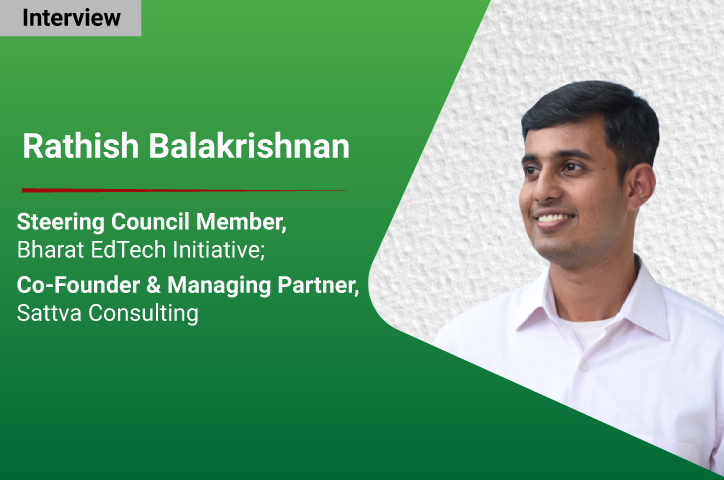
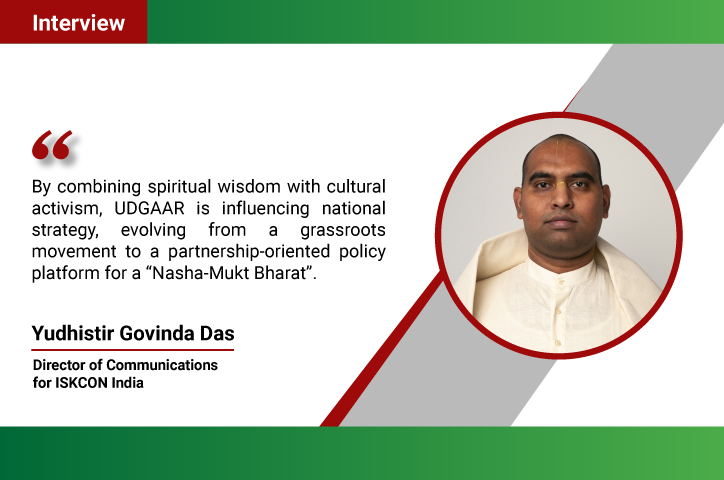




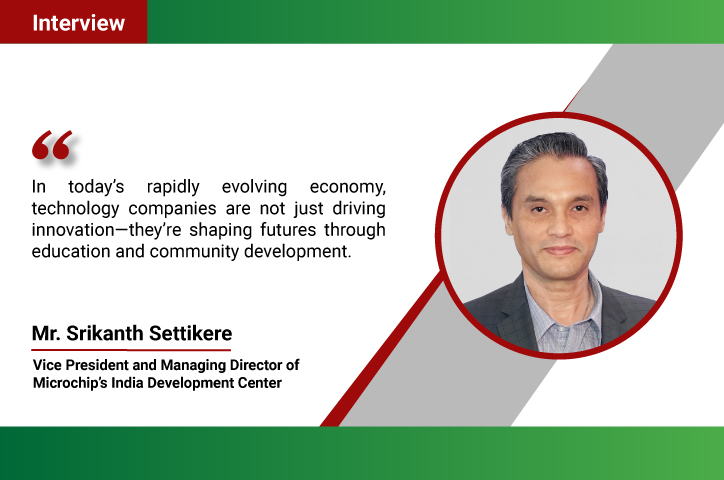

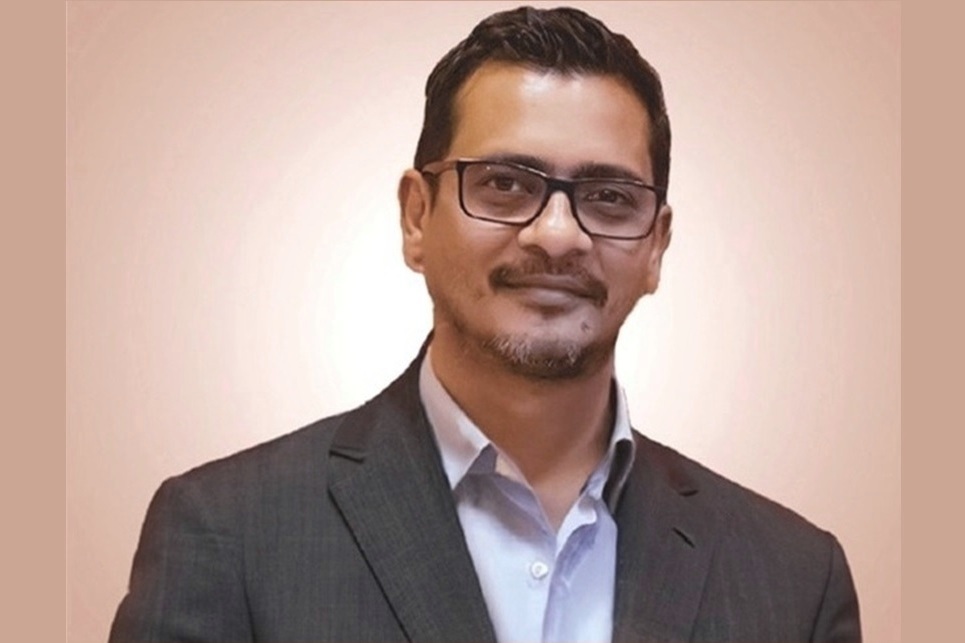



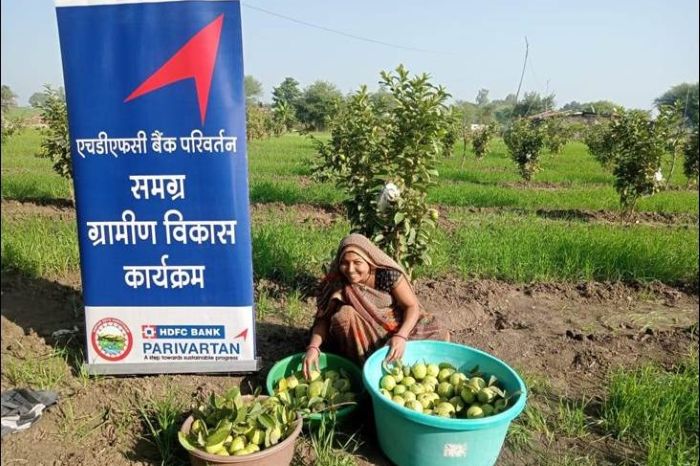


.jpg)




